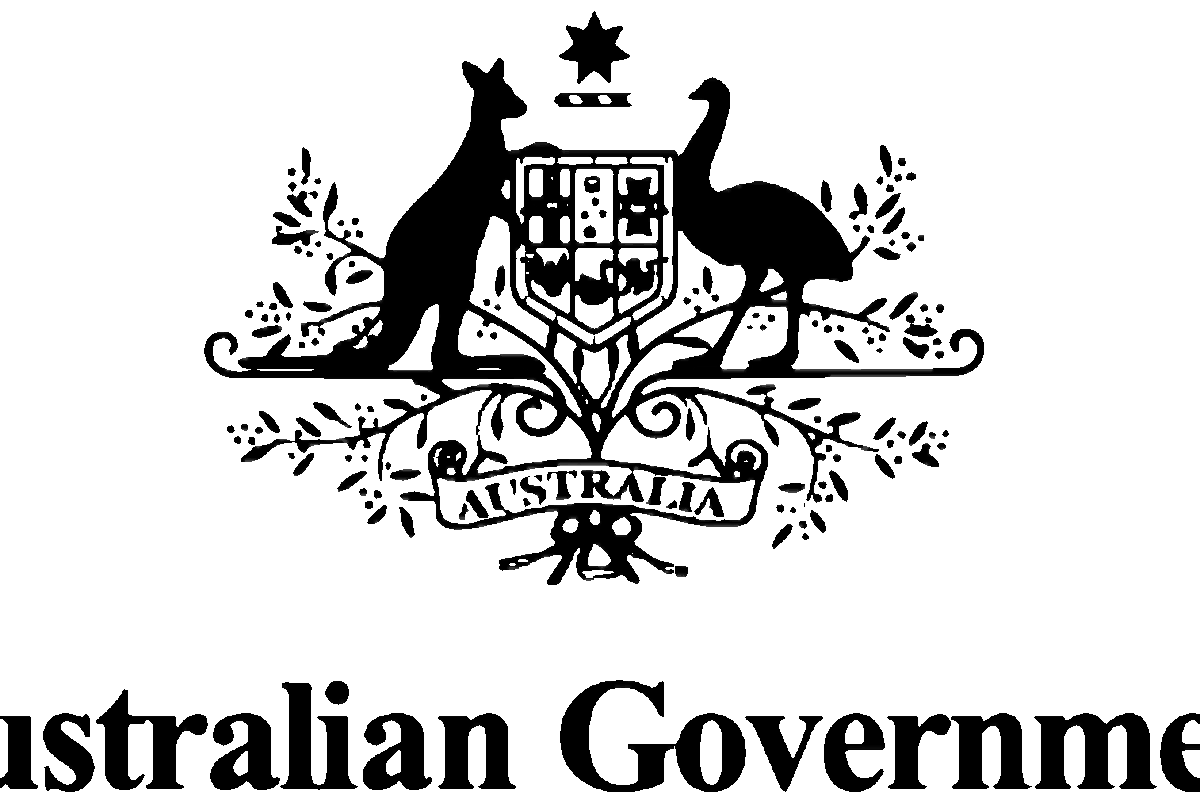

Roles in the public or government sector offer a different experience from corporate and private sector roles. Government roles in Australia are usually classified according to level, such as federal, state, or local. These levels present various opportunities for involvement with the community, and professionals may find government sector roles a rewarding outlet for their skills, competencies, and talents.
Roles at the federal, state, and local level all require various criteria and qualifications. It is important to be aware of these requirements, and you can often find these in role or position description documents that are posted on government role recruitment portals. Apart from education, training, and professional history, applications to government roles should also include supporting documents that will demonstrate your capacity to fulfil certain role roles and expectations.
Are well-written resumes and cover letters enough to land you a role in the government sector? Unfortunately, no.
Government agencies often require a selection criteria document in order to ensure that the hiring process is based on merit and skill and to cover all bases to guarantee that they select the most suitable applicant, for critical functions and responsibilities.
So what are selection criteria and how should they be addressed? Simply put, selection criteria are specific requirements and qualifications that government employers are asking for. They can be skills and competencies, or they can be specific experiences that are required for certain positions. Common criteria include general aspects of professional work such as communication and teamwork skills, interpersonal skills, negotiation skills, organisation and thoroughness in administrative functions, etc. However, it can also include specific items such as certain software or tools, the ability to perform a specific skill, or legal/regulatory qualifications such as tickets, permits, or licences.
Addressing selection criteria in an accurate and standard compliant manner which entails using the STAR method, which outlines the applicant’s experience in handling criteria situations by providing specific examples for Situations, Tasks, Actions, and Results. When addressing selection criteria, be aware of specific requirements such as page limits, recommended word counts for each response, or formatting requirements such as font size, margins, or headings.
The Situation outlines the context of the specific role or task in which a skill or competency was required. The Task provides a description of the tasks and process components that were followed. Further, the Action presents concrete steps and process flows that were undertaken to accomplish the task in response to the issue or situation at hand. Finally, the Resultssection will outline how these actions contributed to success and positive outcomes.
It is important for the STAR Format to be followed correctly as this may sometimes be the reason why applications are not successful. The ability to follow instructions carefully is often the first step of getting through the shortlisting process, and the selection criteria document is a way for your prospective government employer to assess your skill in closely complying with requirements and instructions.
Although this response method may seem regimented or even stiff, you must think about this as an opportunity to take a step back and assess your own growth and development throughout your career. Selection criteria processes can give you self-awareness and knowledge of your own strengths, and it will allow you to prepare for any interview as you now have the tools that will enable you to cite specific examples for important and pressing interview questions.
Pro tip: interviewers will refer to your selection criteria for most of your interview questions, therefore having a strong written response to refer back to is essential.
If you require Selection Criteria assistance, contact Brisbane Resume today for an obligation free review and quote.
Brisbane Resume Professionals Level 1, Suite 325 241 Adelaide Street Brisbane QLD 4000
Call us: 1300 174 435
Email us: [email protected]